1. Gameplay
I love good crime dramas. CSI Miami might be good for a laugh and Numbers might be interesting for its very rudimentary inclusion of statistics, probability, and advanced mathematics, but nothing quite beats a show like Sherlock. The Wolf Among Us is a great crime drama. While it uses fairytale and storybook characters, don’t believe for a second that this is a kid’s story. It is a mature story with mature elements, including the backstory of the characters only to forward the main plot. In short, the “fables” (the storybook characters) were exiled from their home and moved to New York City where they are attempting to survive. However, life isn’t the happy ending that the stories foretold. Women are being coerced into prostitution because of debts, and when one of those prostitutes shows up dead the crime drama begins. Players take control of Bigby Wolf (aka The Big Bad Wolf), the sheriff of Fabletown, as he attempts to put the pieces together in order to solve the murder. As with previous Telltale games, players make choices that have dire, sometimes fatal consequences. While the general idea of the story might play out no matter what decisions the player makes, the player directly affects the details of that story. Certain characters, both friendly and enemy, can be (figuratively and literally) placed at the player’s mercy. This game is an interactive drama just like Heavy Rain and The Walking Dead. This isn’t going to be an action-packed adventure game (although there are definitely some action-packed sections). Instead, the genius of the game comes in the twists and turns of the story and the tension that is created as the plot thickens. This game is different from The Walking Dead. While the overall design is very similar, The Walking Dead was more about the survival of a few key characters in a situation that was, as a whole, hopeless. The Wolf Among Us is also about survival, but it is more about the survival of society as the key characters struggle to keep their human side and their bestial side separate. This is an awesome game for a mature audience. If you like shows like Sherlock or Hemlock Grove, you'll love this game.
It took me around 7 hours total to complete the game, but there is a significant amount of replayability. Certain pivotal choices can determine whether a character lives or dies, and these can in turn affect the availability of other choices. It’s a rather complex system that can be interesting to explore, but would take at least two complete playthroughs to see all of the options. Personally, I played the game until the end and go the most complete ending I desired. Right now, I have little desire to try and replay it, but I may consider going back later (especially if there is a sequel).
This game involves some complex decisions which can put the player on the spot. For the most part, the decisions, conversation options, and quicktime events are straightforward. While the player may not always realize the consequences, there is usually no doubt that the player has control over most of what happens. I primarily played this game on the PC, but gave it a try on the Xbox 360 as well. The most frustrating part that I found is that the Xbox 360 tended to lag. It was small, but sometimes an extra half second of video would skip. Usually this wasn’t a huge deal, but sometimes this could make quicktime events or timed conversation options extremely difficult to navigate. Playing on the PC was much more smooth.
Violence is a prominent element in this game, but it is not necessarily the most prominent factor overall. While violence will be necessary during the game and will occur at least once during each chapter of the story, most of the game consists of non-violent conversations. However, when violence does occur, it can get somewhat bloody (and, at times, gorey). When it does occur, violence will be fairly graphic. While this is somewhat masked by the cartoonish art design, the graphicness of the violence is unmistakable. Normal fistfights don’t consist of bloodless brawls. Instead, eye-gouging and throat tearing is a somewhat common elements. All of the battles in the game are meant to mirror the intensity of the subject matter. These aren’t childish schoolyard fights, these are brutal, beastly beatdowns committed by characters that constantly tow a thin line between human and animal. Decapitation is also fairly comment, as the deaths by decapitation are all key parts of the plot. Guns do come into a few battles, but despite their power they are often unable to kill their intended target. A number of characters take at least one shotgun blast to the chest and live to tell the tale. It should already be fairly obvious that gore is present in a few scenes. While most of the violence will only include blood, gore does come up a few times. There are times when broken bones or internal organs will be exposed. However, these types of “extreme” violence are fairly rare all things considered.
Sexuality is a somewhat prominent element in a number of sections of this game. Prostitution plays a crucial role in the plot, as a number of the characters engage in it (and it seems that most of those involved have been coerced into it). However, the main character does not hire any prostitutes and sex is never seen at any time in this game. However, nudity is seen at one location in particular. A local strip club called “The Pudding and Pie” (run by Georgie Porgie) features images of partially nude men and women. The club acts as a hub for the local prostitution ring. The women will meet clients at the club and go to a nearby hotel to perform the desired services. When the player arrives at the club for the first time, he sees a young woman attempting to pole dance for Georgie wearing nothing but a thong. Partial nudity like this can potentially be seen a few times during the campaign, but for me it only happened at the Pudding and Pie, and each time was very brief. When the player explores the motel close to the Pudding and Pie, he can hear sex noises coming from one of the rooms. If he tries to enter the room, someone will scream and he will shut the door in surprise. The player will eventually find a picture of Crane, one of the characters, moving his hand up the dress of Snow White while she is lying down.
Smoking is the most prominent example of substance use in the game, since the main character smokes like a chimney. In many conversations Bigby lights up a cigarette, and characters commonly comment on his choice of brand (evidently it’s a very low-quality one). The smoking, along with other elements, serves to communicate the gruffness of the character and aids to the idea of this being a crime drama. Drinking is also very common in the game. Frequently characters will be seen drinking different forms of hard alcohol. Most of this seems to come in the form of whiskey, but it’s not always specified. Ambrosia was a slightly more obscure substance, only referenced once in the game. Two characters were given ambrosia in order to help with their wounds after an intense battle. The substance made them extremely high, to the point where neither character remembered what happened while they were on it. It seemed a lot like a very extreme version of morphine. Glamors, described in more detail in the “Magic” section below, are created by combining a few magical ingredients. The lab where these glamors are created looks a bit like a drug lab. However, characters do not consume these in the traditional sense, so they do not affect this game’s overall score for substances.
Gambling is not a factor in this game. 3. Other Factors
There are no modding tools available for this game.
While many of the characters’ backstories involve mythical and pagan elements, no specific religion is ever mentioned in this game. As a result, religion is not a factor in this game.
You are the sheriff for the community of Fabletown. It is technically your job to uphold the rules and laws of the community. Exactly how you do that is entirely up to you. There will be plenty of occasions where characters embezzle money and break other minor and major laws of the community. The player will have the chance to break some of these laws too. Since this game focuses on the player’s choices, the player can at times choose to either promote a lawful, orderly society or choose to ignore order for swift and often violent justice. Either way, the player will be chasing people who are considered criminals by the game’s society.
There is no multiplayer portion to this game.
Extreme sports are not a factor in this game.
Magic is a major factor in this game’s story and is frequently used or referred to in different conversations or confrontations. Many of the characters could be seen as magical, especially the talking animals. These characters, while not as prominent as the main characters, are seen commonly in each chapter. Human (or humanoid) characters are by far the most common in the game, but talking toads and pigs do make a number of appearances. Each of the “fables”, as they’re referred to in the game, have a few magical properties even if they are supposed to be human. The most obvious of these properties is the ability to survive wounds that would kill a normal human. There are a few “trolls” in the game as well. These creatures have the ability to disguise themselves as human, but transform into their monstrous form once or twice, almost always immediately before combat. Much of the game’s story focuses on trinkets called “glamors”. These allow non-human creatures to transform into humans so that they blend in with normal society. These glamors involve a few different ingredients packed into a wooden tube, which is then magically infused to transform the correct user into the desired human form.
Prostitution Prostitution plays a prominent factor in this game’s story. Many of the characters have been coerced into prostitution in order to pay off financial debts. The player never sees any characters actively soliciting a prostitute, but it is still a common element that cannot be missed. Human Disfigurement Many of the characters are human or humanoid, but some of the characters look like they have been disfigured by magic. Overall, though, this is a fairly minor factor that only affects a few specific characters. Suicide
Prince Lawrence, who was married to one of the victims in the game, becomes severely suicidal after the victim’s disappearance. If the player does not reach him in time, Lawrence will kill himself.
0 Comments
Leave a Reply. |
Like what we do? Want to see more? Donate to the site using the button below!
Not sure what a term means? Read the definitions!
Not sure what a review section is about? Find out more information!
|




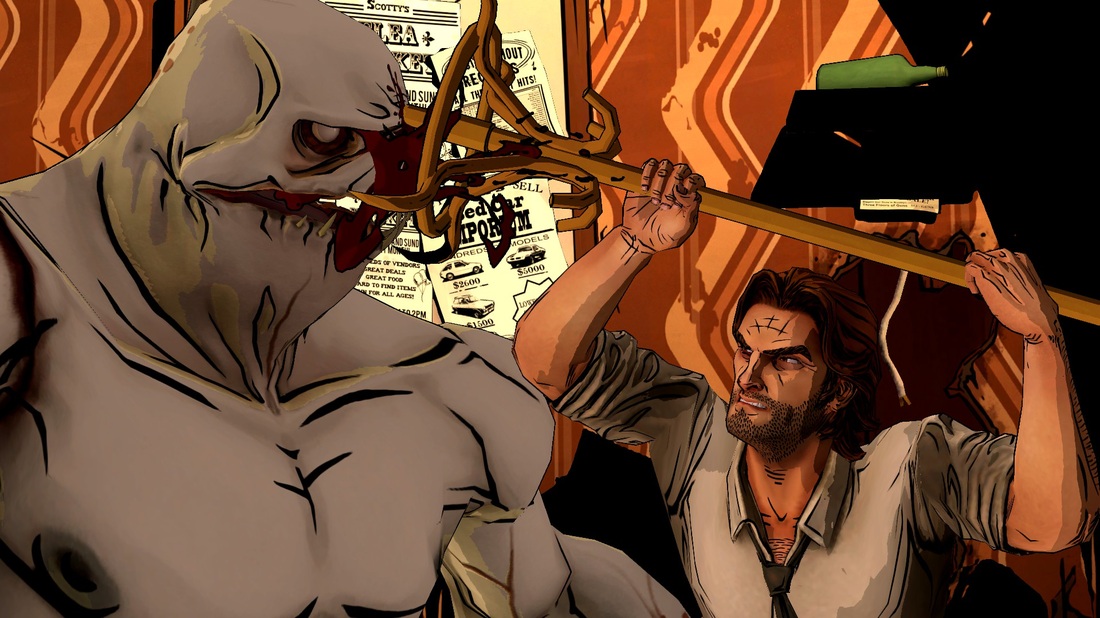
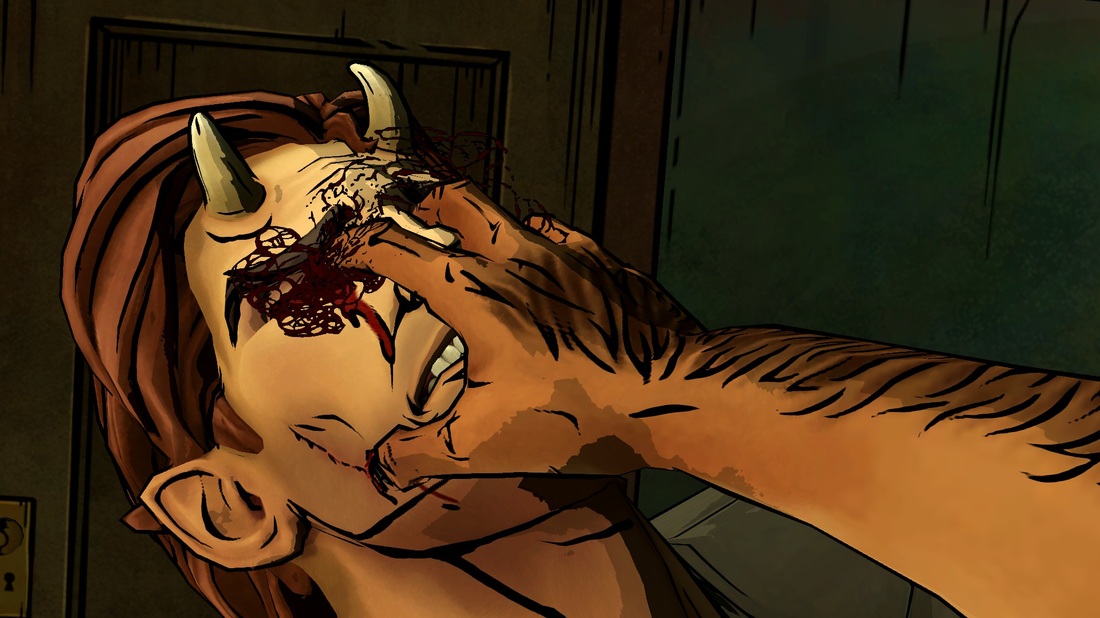



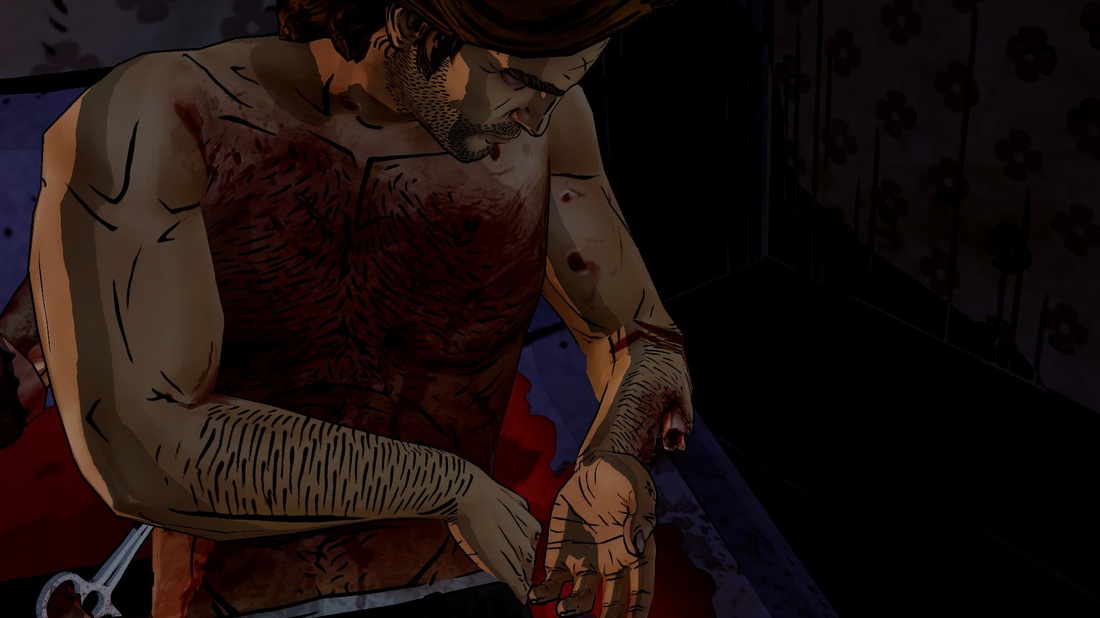

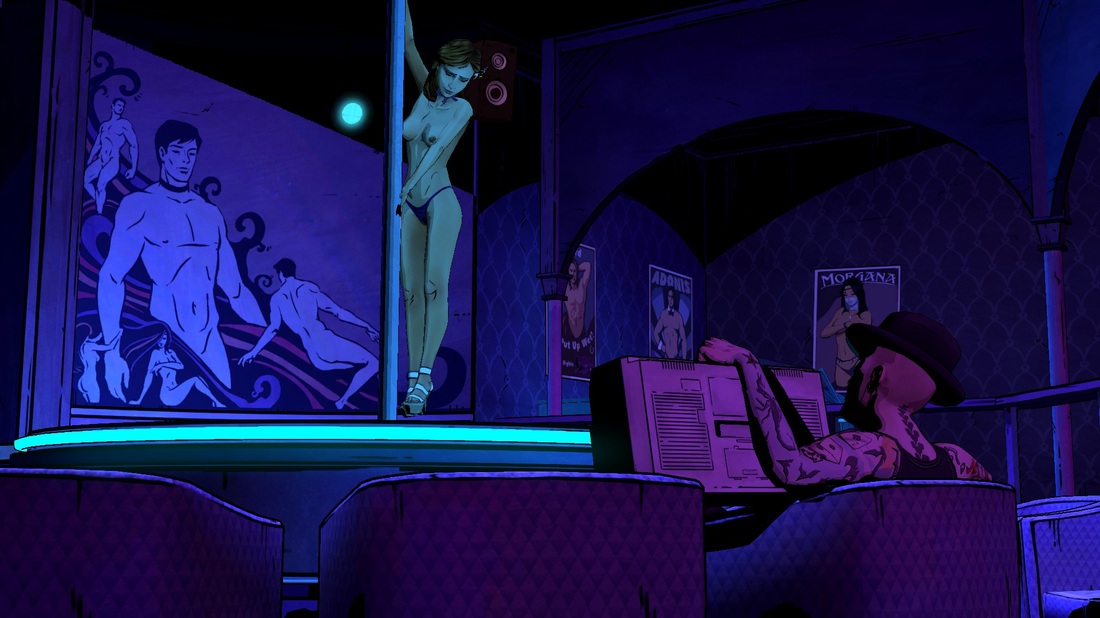





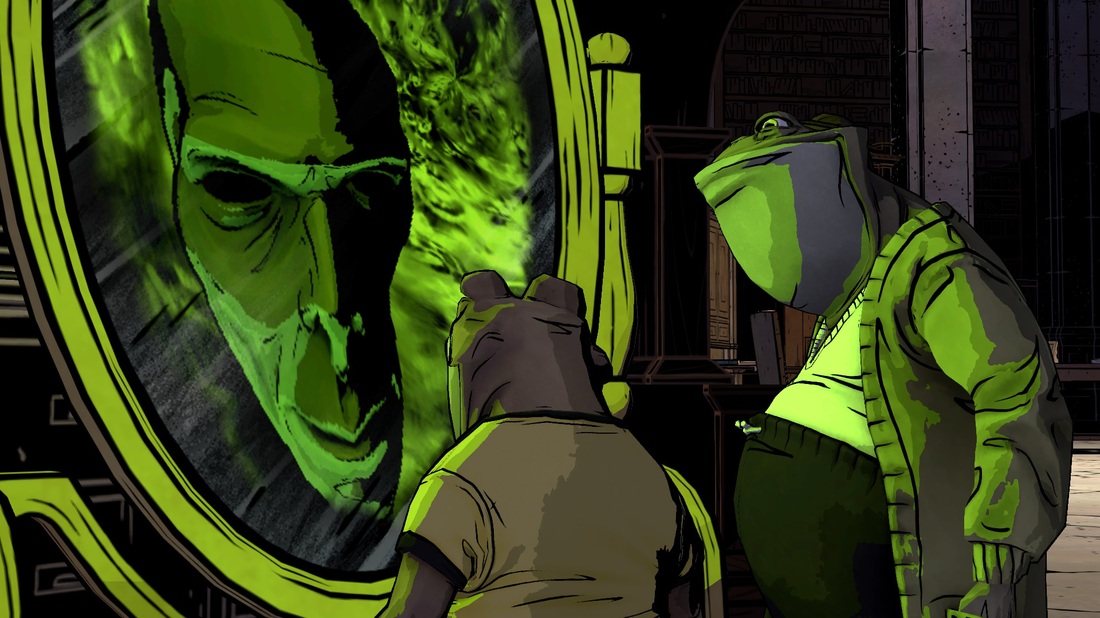

 RSS Feed
RSS Feed